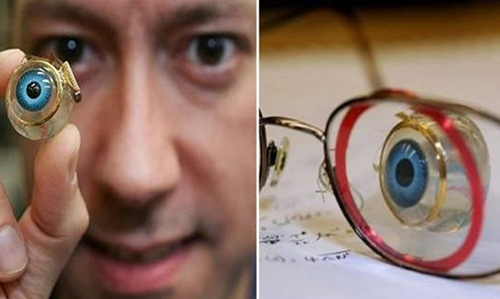In a groundbreaking leap for medical science, Australian researchers have developed the world’s first bionic eye system that bypasses the retina entirely and connects directly to the brain’s visual cortex. This pioneering technology could restore partial vision to individuals for whom no existing retinal treatment can help, marking a historic milestone in neuro-bionic engineering.
The system works through a camera mounted on a pair of glasses, which captures visual information from the surroundings. This data is converted into electrical signals that are transmitted to a series of tiny electrodes implanted in the brain’s visual cortex. Instead of relying on damaged or non-functional retinal cells, the brain receives these signals directly and interprets them as basic forms of vision.
Early trials have shown that patients are able to perceive light, shapes, patterns, and movement, offering a renewed sense of independence once considered impossible.
What makes this innovation transformational is its potential to help people who have lost vision due to conditions that traditional bionic eyes or retinal implants cannot address. These include:
Glaucoma
Macular degeneration
Severe retinal damage
Traumatic eye injuries
By bypassing the eyes altogether, the technology opens a new pathway for restoring vision to those previously left without hope.
The achievement positions Australia at the forefront of global research merging neuroscience with advanced biomedical engineering. The cortical vision system represents years of collaborative work involving surgeons, neuroscientists, AI engineers, and medical device specialists.
Researchers emphasize that the project is still in the clinical trial phase, but the early results are promising. Future development will focus on improving resolution, expanding the field of view, and enhancing the clarity of visual patterns perceived by users.
As the system progresses through testing, experts believe it could eventually provide a sophisticated form of artificial vision, enabling users not just to detect movement but also to identify more detailed shapes and environmental cues.
This world-first innovation brings the dream of restored sight closer to reality and showcases how cutting-edge science can profoundly transform lives.







